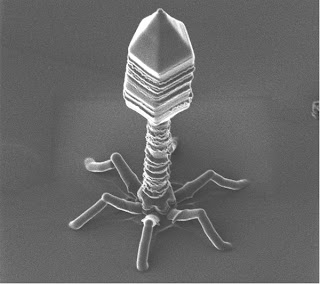Timothy Brown, became world famous as the first—and so far the only—person to apparently have been cured of his HIV infection. In an interview, he said,“My case is the proof in concept that HIV can be cured,”.
Certainly. His unique case did give hope to the science community as well as possible hints into treating HIV. Gene therapy is one such strategy that is being actively being worked on to emulate Timothy's case : he received blood transfusions from a patient having a specific mutation which makes a person resistant to HIV.
In one particular case study, a patient in Chicago who received gene therapy and then stopped taking antiretroviral drugs saw his HIV return within a month, as normally happens when people interrupt their treatment. But a few weeks later, it was seen that the virus began to decline, and it dropped to undetectable levels in accordance with the evidence that the gene therapy had altered his T cells.
"Those kinetics are very different from what I've seen in treatment interruption studies, and we've done many," says Pablo Tebas, an infectious disease clinician at the University of Pennsylvania who heads the East Coast study of six participants. "This patient goes down, way down."
Tebas recognizes that his study is uncontrolled and that they've seen this response in only one patient. What's more, the patient already had a natural advantage because he has a crippled CCR5 gene in one of the two copies he inherited. Tebas suspects that the gene therapy coupled with his natural CCR5 mutation combined to lead to the dramatic result. "This is a very small experiment, and I don't think it's a cure by any means, but the Berlin patient is only one patient, and it changed research priorities," Tebas says. "This shows that there's a correlation between antiviral activity and the proportion of modified cells. It shows a path forward."
Although researchers do not expect the gene therapy to entirely clear HIV from the body, they hope it will create a "functional cure"—in other words, contain the virus to such a powerful extent that people no longer need antiretrovirals.
Virologist David Margolis, who is conducting his own HIV cure studies at the University of North Carolina, Chapel Hill, says many questions remain about the impact of this gene therapy, however. "These data are interesting, and encouraging, but still incomplete," he says. Yet Margolis is "impressed" by the percentage of cells that have the artificially modified CCR5 gene.
Even if this gene therapy proves itself, the cost and technical challenge of the intervention means it likely will have little chance of being used outside of wealthy countries. But Tebas notes that the cost of antiretrovirals also is high and that any calculation would have to balance one against the other.
Acknowedgement:
http://news.sciencemag.org/sciencenow/2011/09/gene-therapy-may-thwart-hiv.html?ref=hp















